“If you’re new to slide playing, try a higher string action until you get used to using it”: How to set up your guitar for slide
Lights, camera... High action? We explore that and more as we walk through what you need to do when getting your guitar ready for the slide
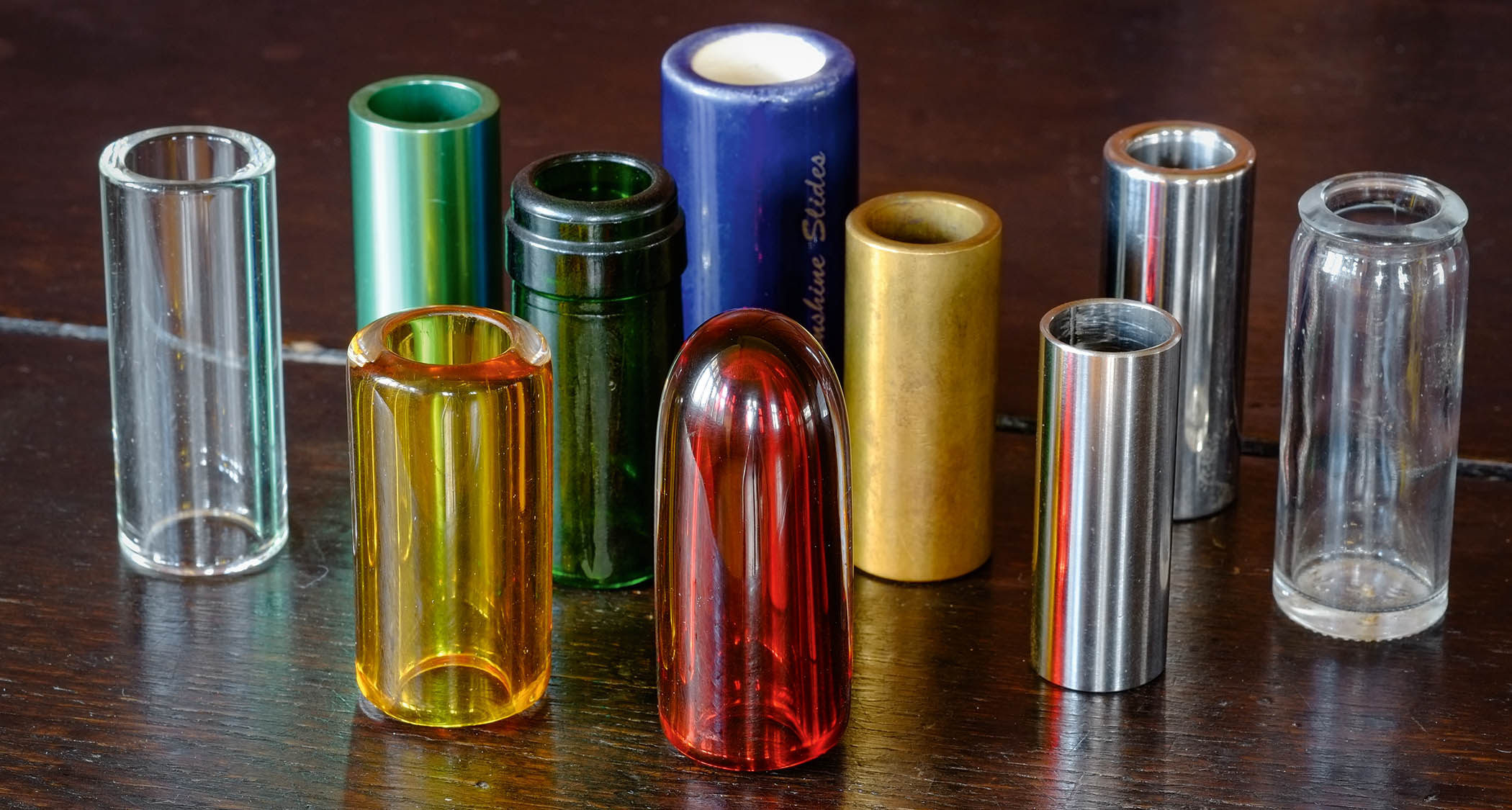
Judging by the number of emails we’ve received recently, there’s definitely more interest in slide guitar at the moment than I can remember for some time. But what’s the best way to set up a guitar for slide? Good question.
I’m going to focus on electric slide guitar and start by saying that while there are no set rules for slide guitar setups; there are quite a few things to consider. Most obviously, there are plenty of ways to approach playing slide and to a certain extent that’ll affect how you could set up your guitar to achieve those clean slide sounds.
A lap steel, for example, the first electric guitar, is designed to just play slide on. You don’t fret it – it doesn’t have frets! – and raising both the nut and saddle on a regular guitar achieves the same thing. Conversely, many players with a light touch and good technique can use a pretty standard string height at both the nut and saddle, with or without a heavier string gauge. Most, however, probably sit between those two extremes.
Plenty of us play slide in standard tuning, too, perhaps just putting on a bottleneck for a solo, then return to standard playing. Others might use an open tuning but still want to fret conventionally as well as playing some slide licks and solos.
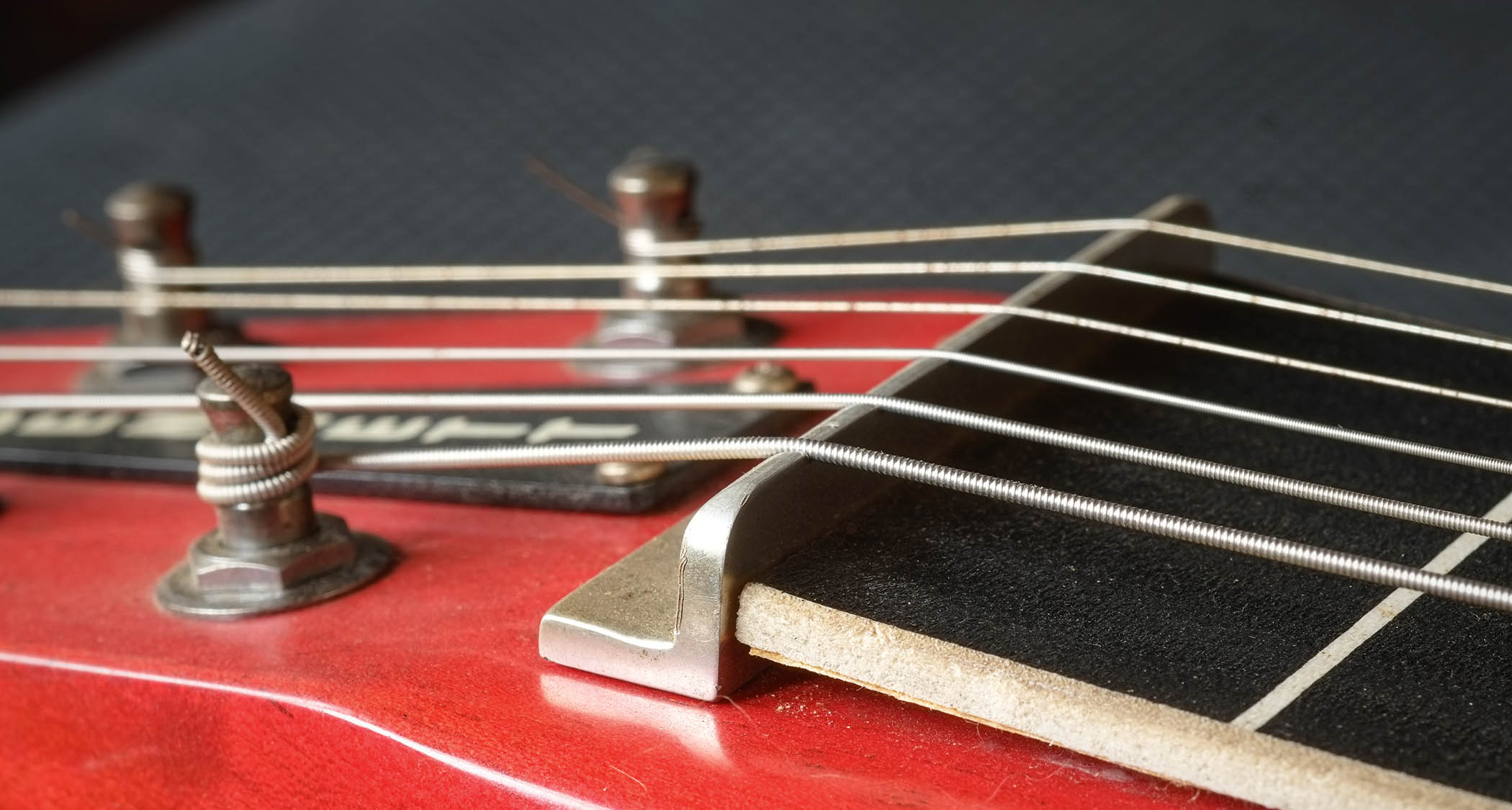
It’s worth thinking about whether you’re raising or lowering the strings in terms of pitch compared with standard tuning. For example, open E, as favoured by many, Derek Trucks included, is a raised tuning (low to high: E B E G# B E) that will subtly put more tension on the neck and possibly increase its relief.
Elsewhere, open D (low to high: D A D F# A D) and open G (low to high: DGDGBD) are lowered tunings; they slightly lower string tension when compared with standard tuning and put less stress on the neck.
Scale length is something else to consider, certainly in terms of string tension. In the same way many of us might use 0.009-gauge strings on a longer Fender-scale and 10s on a shorter Gibson scale, for that clean slide aim (with the same string height) you might want to consider 10s on the Fender and 11s on the Gibson guitar.
All the latest guitar news, interviews, lessons, reviews, deals and more, direct to your inbox!
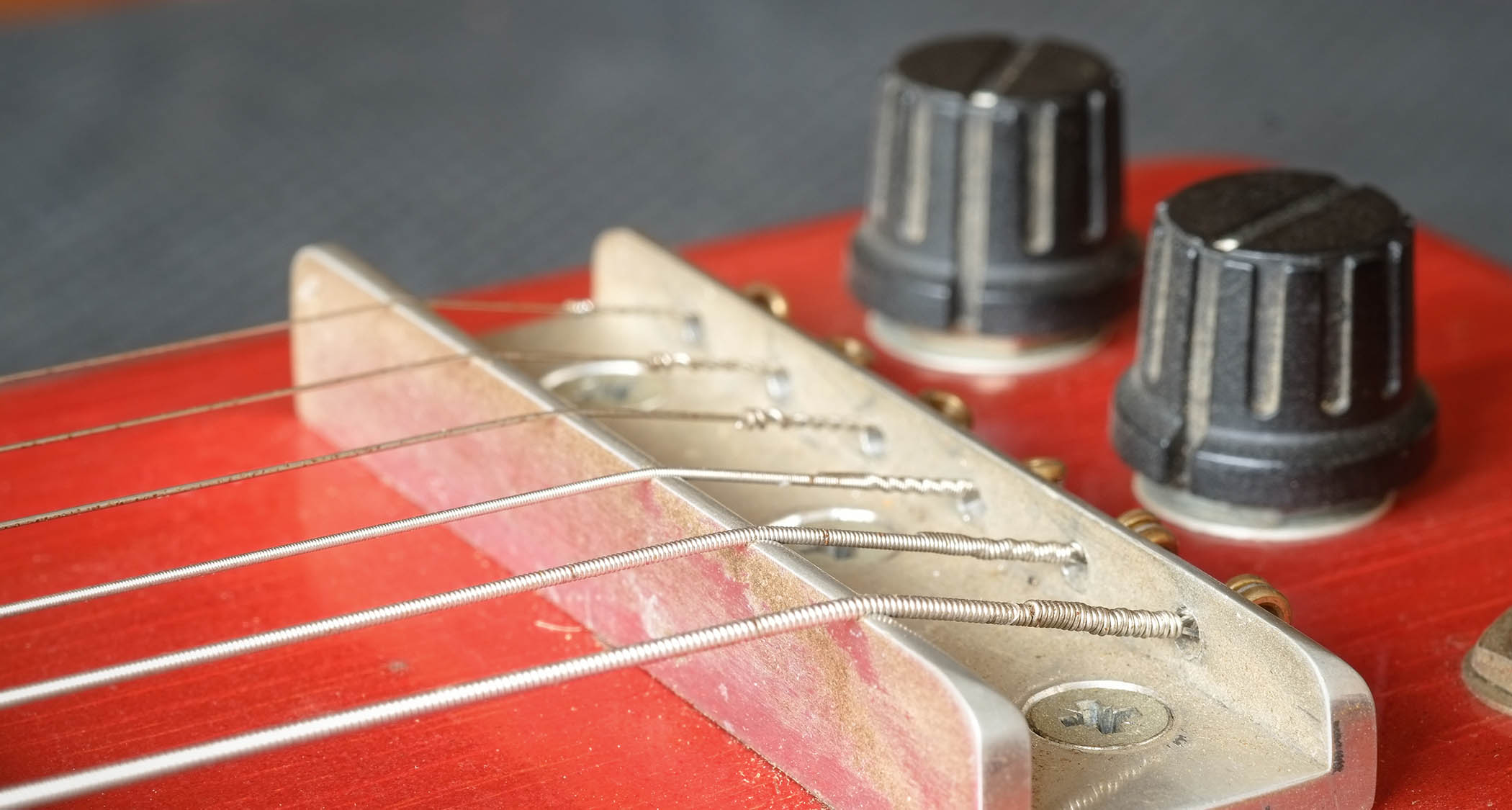
Tension Matters
Why is tension so important? The key is to get a clean voice where the slide doesn’t push the strings onto the frets. So with a standard or raised open tuning on a Fender scale you might well find that using 10s and a pretty standard string height will give you enough tension for those clean slide licks. However, with the same tuning, string height and string gauge on a shorter scale, it might be harder to achieve that clean slide goal.
Within these parameters, there are plenty of other things to consider, but these really are very player dependent. A good place to start is simply in standard tuning. Let’s take a T-style guitar with a Fender scale length, 0.010-gauge strings and a pretty standard string height of 1.6mm on the treble, a little higher on the bass side. Can you execute your licks cleanly?
It does require a light, quite precise touch, but I find that doable, not least around the slide-friendly D, G and B strings; the top E is a little harder to control. So, without totally ruining your non-slide playing, your options would be to slightly raise the treble-side string height and/or go up a gauge just on your B and E strings.
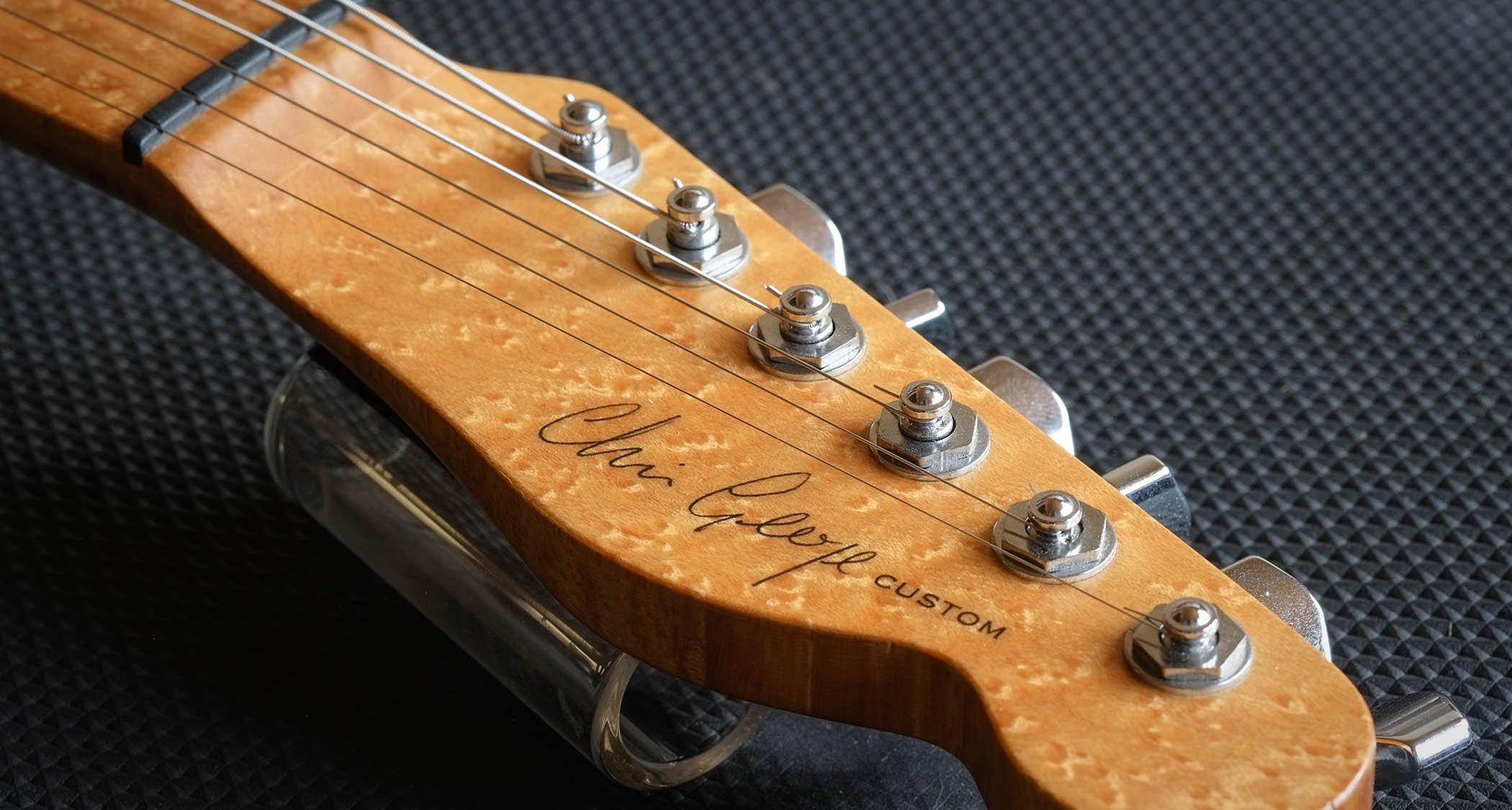
With the same guitar moving to a lowered open G, I’d definitely be tempted to go up a string gauge, which might well be enough to feel more comfortable for slide and not too uncomfortable for your Keef moments.
Now try the same experiments with a shorter Gibson-scale instrument. Personally, in standard tuning, I can just about get away with it, but with the high E dropped to D I’m struggling. Also, experience tells me that once the adrenaline of a performance kicks in, I’d be in trouble unless I’d taken remedial action: again, raising the string gauge and/or the string height.
Derek Trucks apparently favours the following string gauges: (high to low) 0.011, 0.014, 0.017, 0.026, 0.036 and 0.046, like a regular 0.010 to 0.046 set but with the top two strings from a set of 11s.
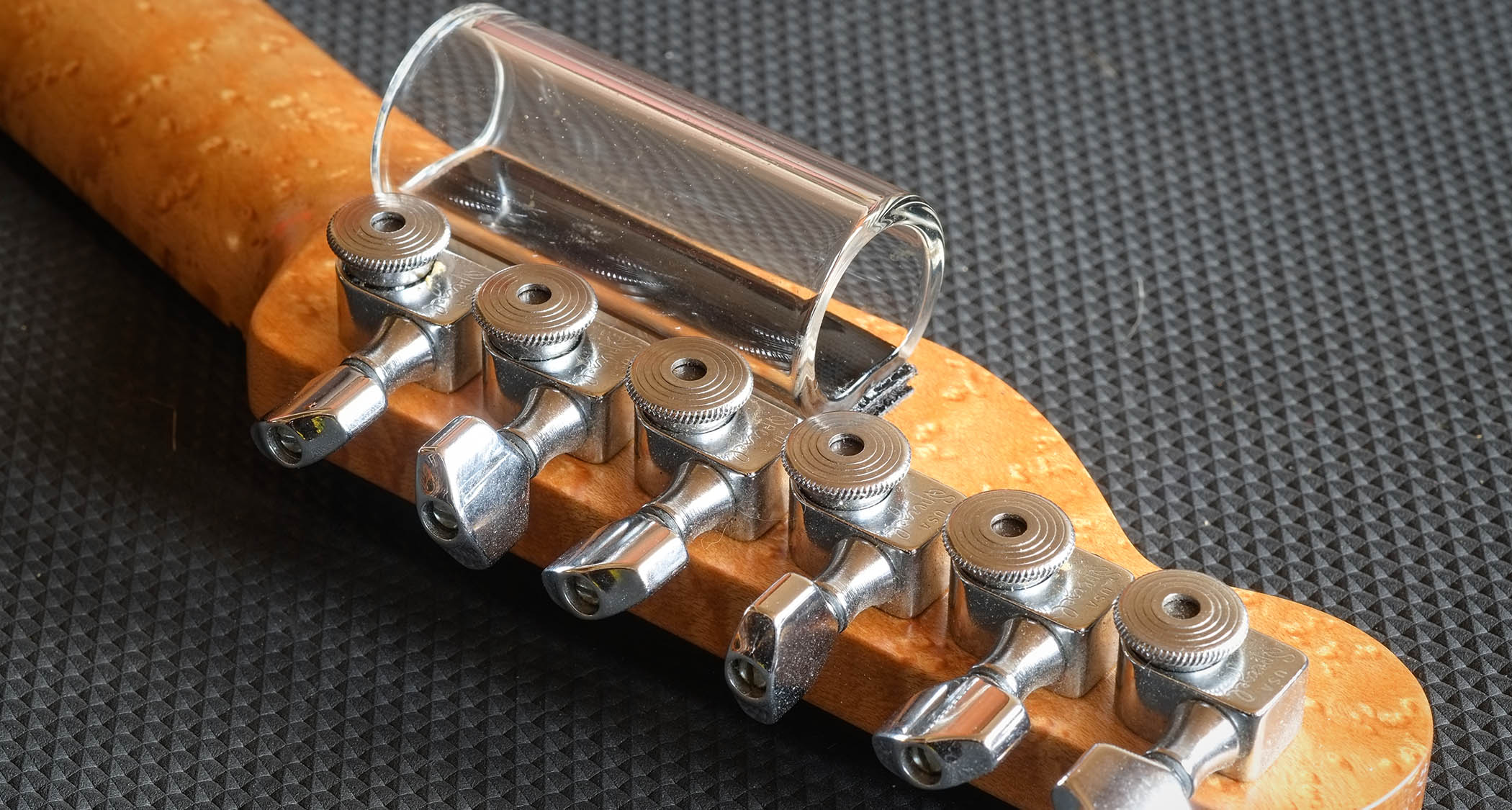
If you’re new to slide playing, you may well be better off with a higher string action until you get used to the initially quite alien concept of sticking one of your fingers inside a glass or metal tube – and that slide, of course, can impact on the way you string and set up your guitar.
You might need to raise your string height at the bridge to encourage clean slide, but what about the nut? Going back to that lap steel, the strings at the nut are way above the fingerboard and plenty of players will raise the nut on a conventional guitar that’s set for slide.
Now, if you have a dedicated slide guitar then you can easily do that either with a nut riser (as many acoustic slide players prefer) or, with less extreme results, either make a new nut or simply put a hard-plastic shim under your existing nut. Personally, I find a compromise for electric slide. A slightly higher nut is good, but if it’s too high then it simply makes life a bit of an uphill struggle for regular fretted playing on the same guitar, especially with a heavier string gauge.
Slide Selection
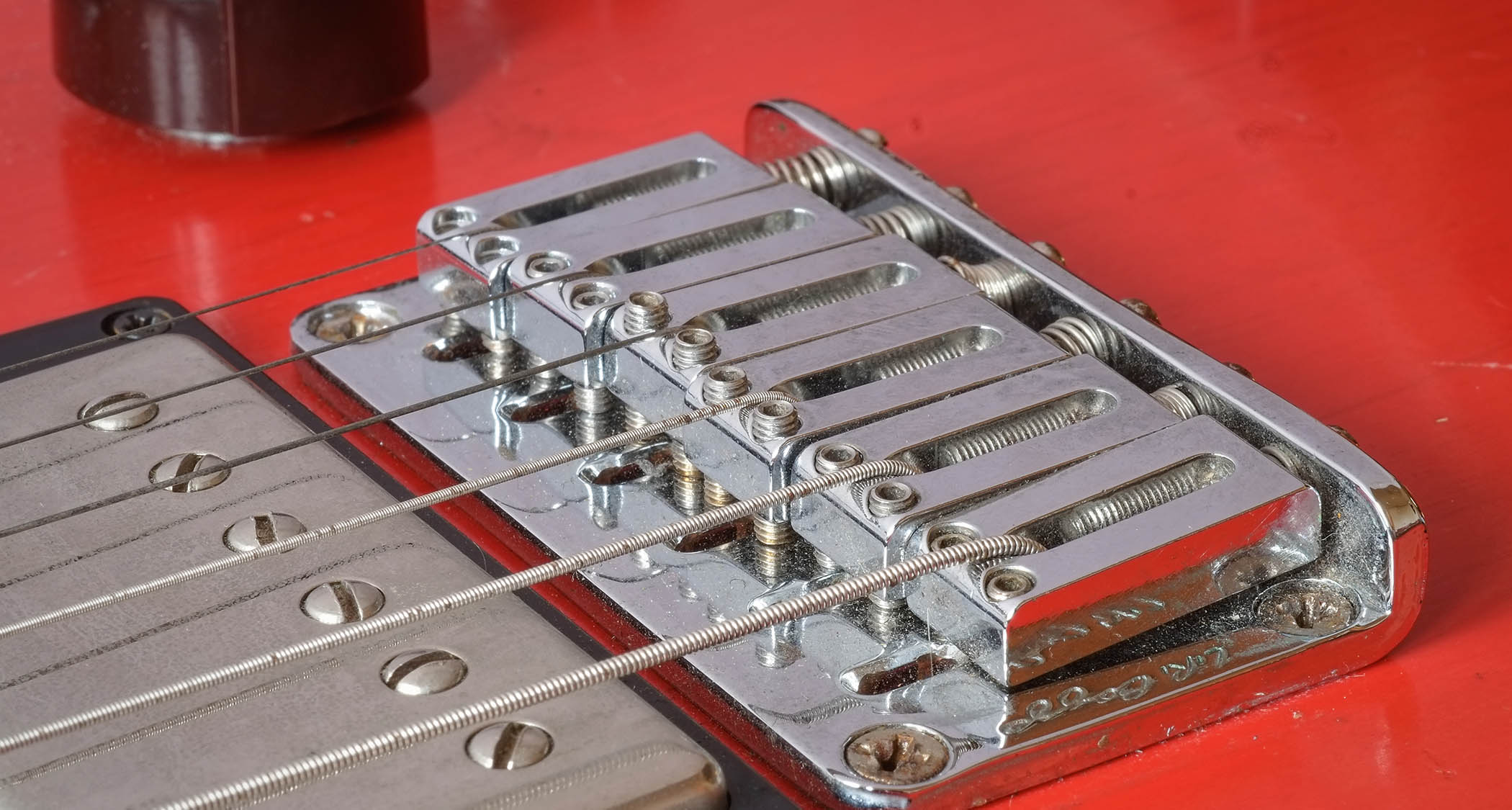
Just like tweaking your setup, finding the best bottleneck or slide for you is key to maximising your sound and comfort. I won’t be explaining how to make a true bottleneck from a wine bottle as many players had to do back in the day.
Instead, there are plenty on the market to choose from that come in all shapes and sizes, not to mention materials and prices. I’m not sure I can lay claim to having tried out every type of slide out there, but I’ve certainly had a good number stuck on the fingers of my left hand over the years.
Let’s start with size and that, of course, is directly related to which finger you’re going to use and your playing position, particularly if you’re standing with your guitar strapped on.
For example, I use two fingers (not at the same time!). For standard tuning with the guitar in a normal standing strapped on position – not too high, not too low – I use my second finger with the slide stopping at my lower knuckle so that the finger and slide can lay over the strings in pretty much normal playing position.
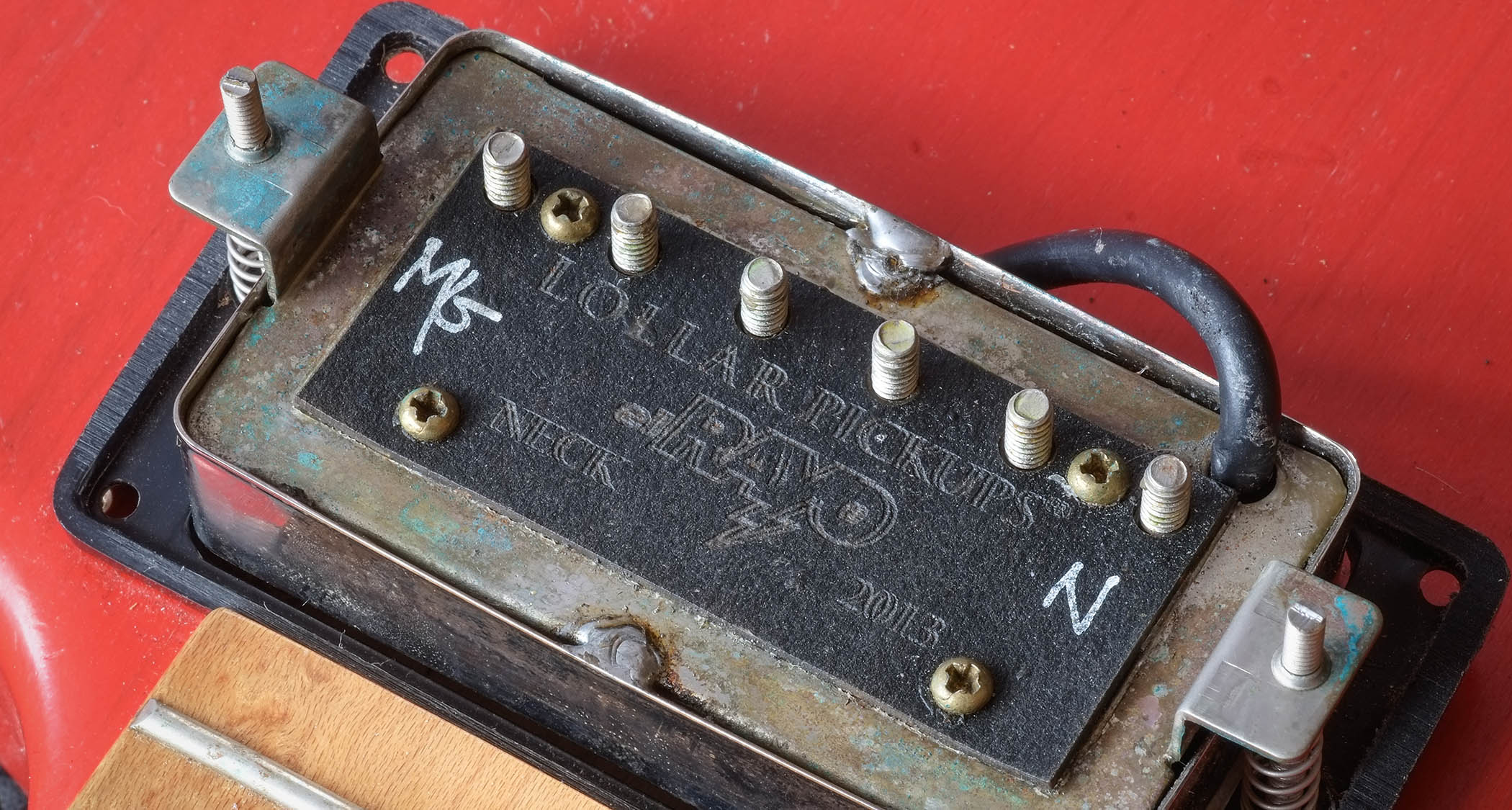
When I’m playing my main open-tuned slide guitar, I strap it much higher. That way I can use the same slide but over the full length of my little finger, meaning my hand can round further over the strings. It allows for plenty of damping behind the slide, not to mention voicing different notes and partial chords behind the slide, too.
Playing seated, I’ll always use my little finger. Plenty of players use their third finger; I’ve even seen the occasional player using their first finger! I’m happy with pretty regular-sized slides of approximately 62mm long and with an internal diameter of 18mm to 20mm.
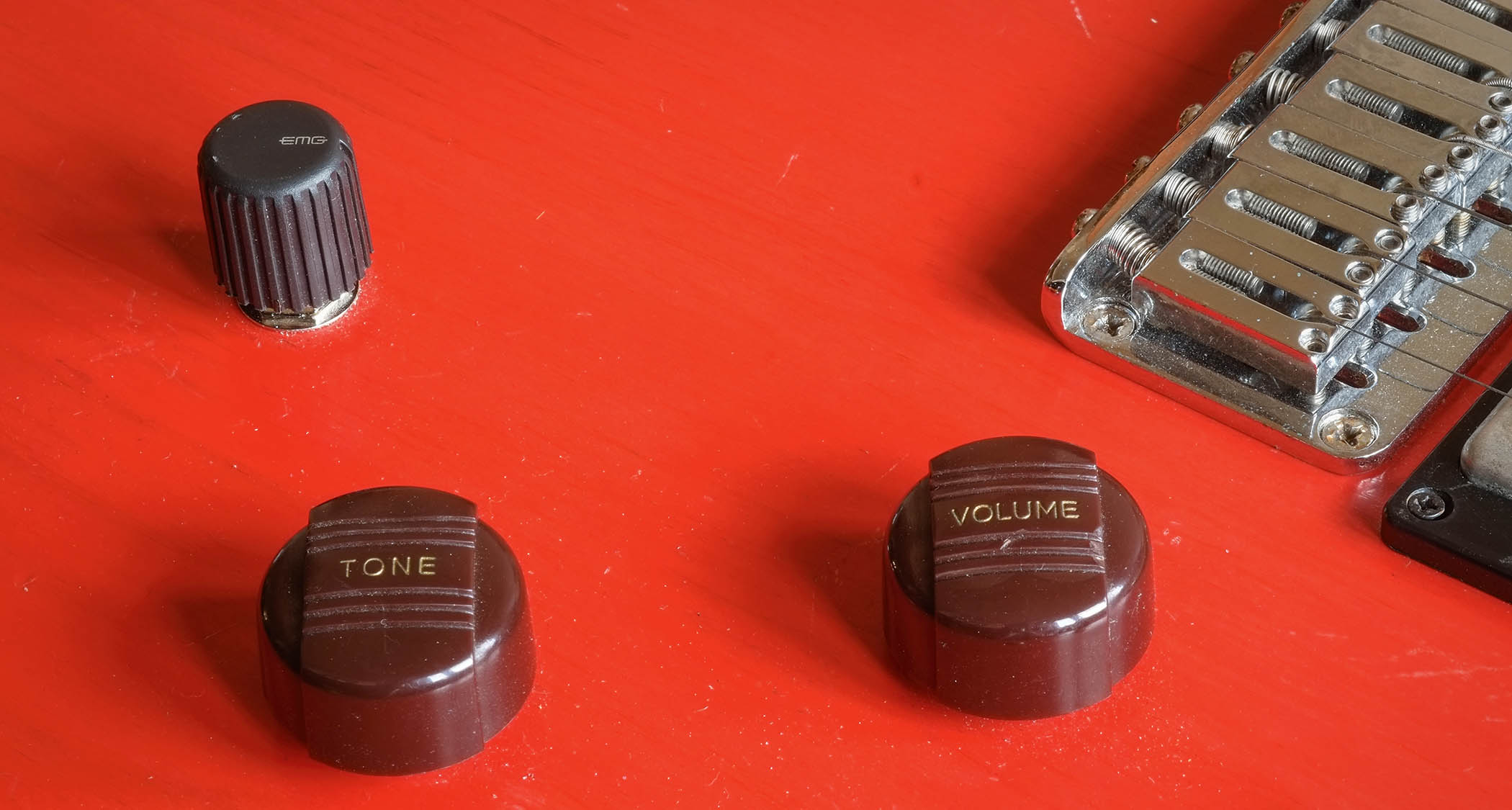
It makes sense that the bigger walled, heavier slide would be the ‘best’, but that’s not backed up by everyone’s choice. A lighter slide is easier to control – pretty important – not least if you have some fast licks to play with a bit more of a gained sound. If you’re a slide buff you’ve probably got a few different slides and bottlenecks.
For me, size and weight are most important, less so the different materials, which are typically glass or Pyrex, ceramic, brass, chromed steel and stainless steel. Plenty of players have used anything to hand – socket wrenches, copper pipe, beer bottles or shot glasses.
But what’s the best material? And do the different materials impart different sounds? Well, very good luck with that! Manufacturers of slides will often get quite flowery with their tone descriptions, but whatever the material is, it’s dampened by the digit you stick inside it.
Speaking of which, remember that your fingers can get pretty sweaty, certainly when you’re playing live, which can affect your control of the slide. And in worst cases cause it to completely slip off – which is a tad embarrassing mid-solo! Ceramic slides are porous as the internal surfaces aren’t usually glazed, which can help with sweaty digit syndrome.

A glass, Pyrex or ceramic slide can easily get dropped and shatter on a hard surface, while brass is quite soft and can get pitted and become scratchy sounding. Products such as Wolfram’s UK-made slides use aviation-grade materials that are polished super smooth and stay that way.
Thicker walled, heavier slides, to my ears, do give a ‘bigger’ sound, while thinner-walled slides offer a more delicate tone, but the lighter weight can work with more standard string heights. Either way, what is important is matching the slide to your setup, style and sounds you aim to produce.
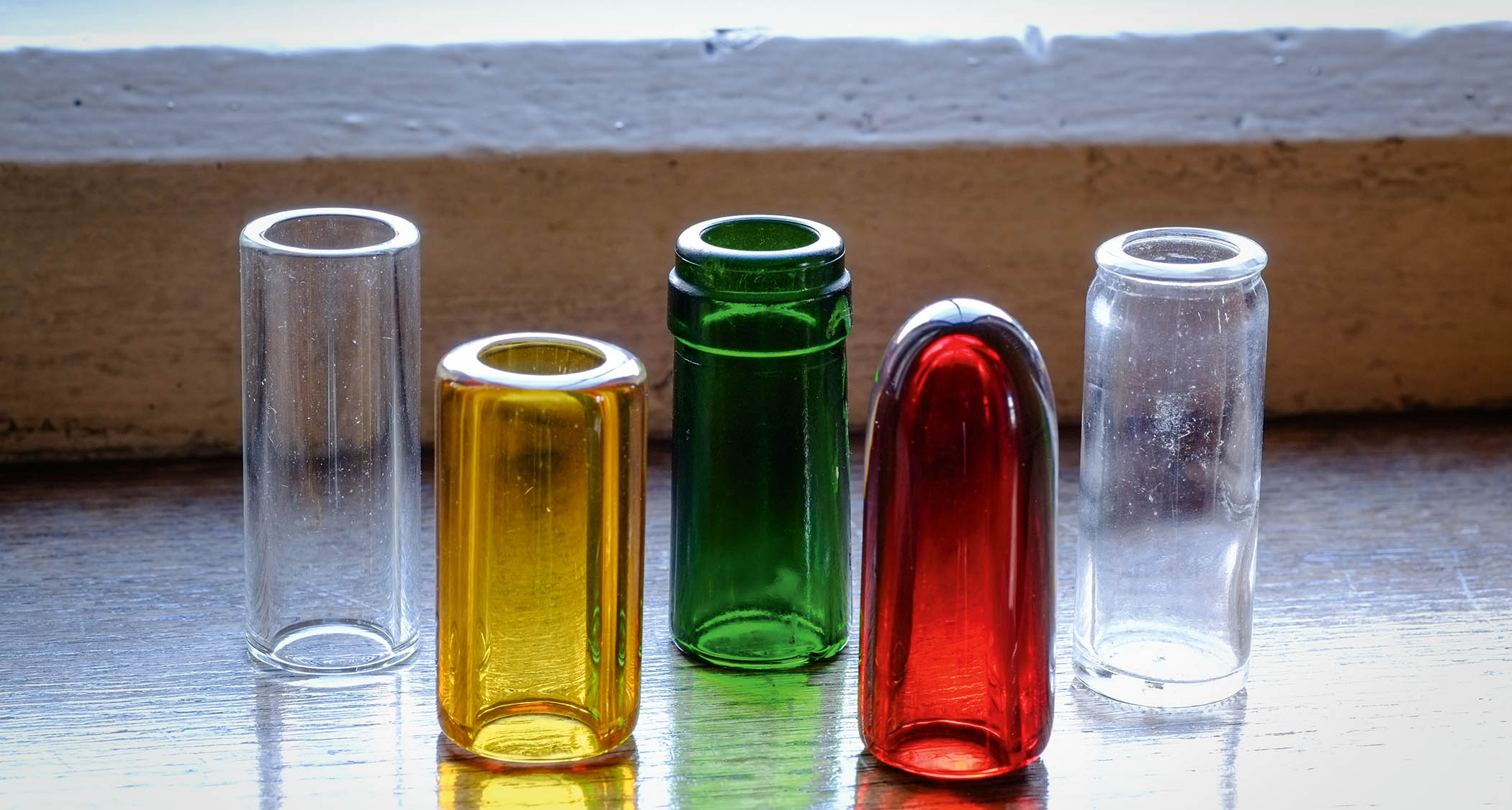

Dave Burrluck is one of the world’s most experienced guitar journalists, who started writing back in the '80s for International Musician and Recording World, co-founded The Guitar Magazine and has been the Gear Reviews Editor of Guitarist magazine for the past two decades. Along the way, Dave has been the sole author of The PRS Guitar Book and The Player's Guide to Guitar Maintenance as well as contributing to numerous other books on the electric guitar. Dave is an active gigging and recording musician and still finds time to make, repair and mod guitars, not least for Guitarist’s The Mod Squad.
